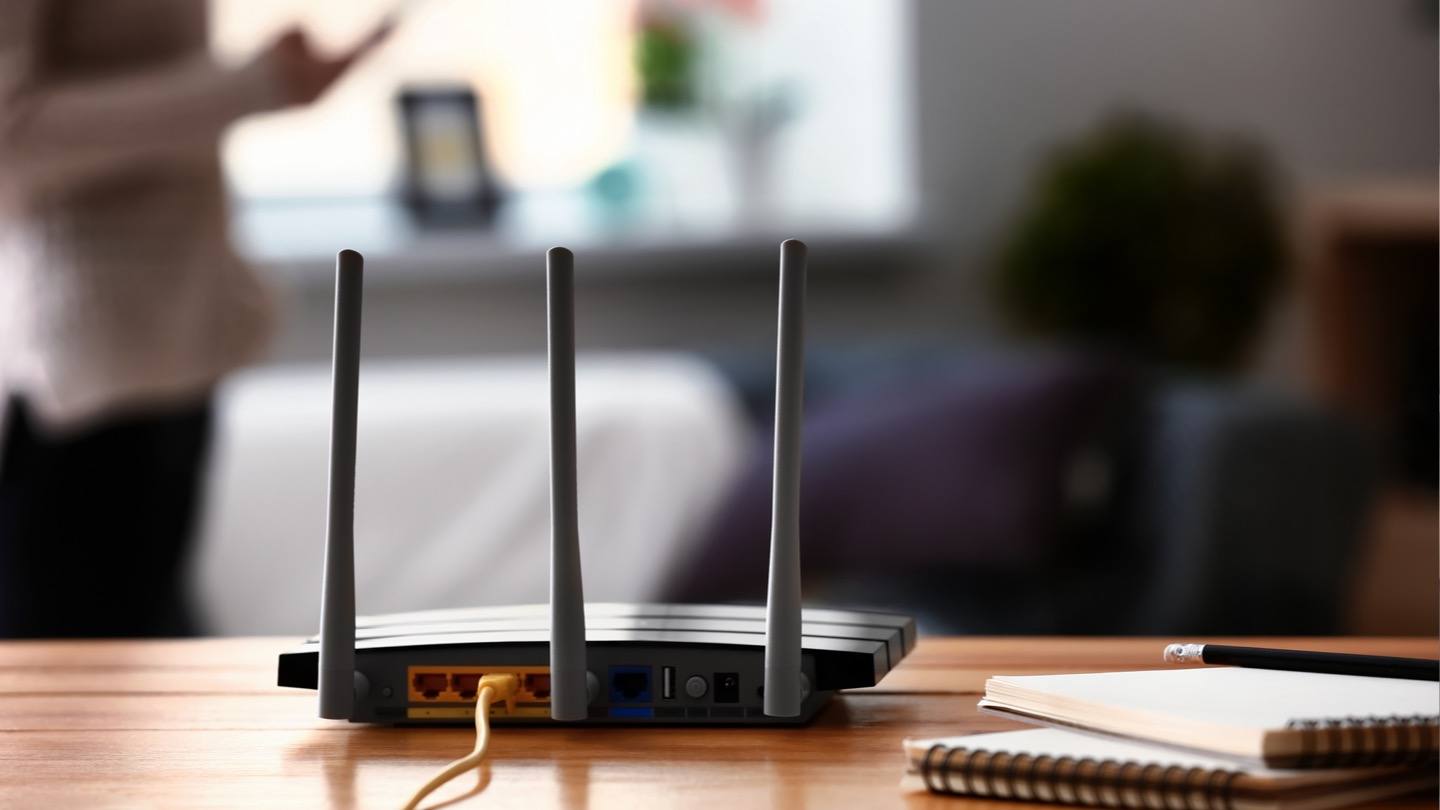If you recently changed internet providers, you may have been informed that you need a new modem and router. This can leave many people wondering why you would need different equipment for the same internet and Wi-Fi service. Well, the type of internet signal you’re using could be the reason.
Before you plop down another week’s worth of gas money on additional internet accessories, find out if you really need a new fiber internet modem or router.
Getting your signals crossed
The services on the market may all provide the same product, but their delivery methods couldn’t be more different. Think of it like a cellphone versus a landline — both allow you to make a call, yet their technology is night and day. To understand why you need different equipment for various internet services, we have to look at how each type of service transmits its signal.
Transmitting a DSL signal
DSL, which stands for Digital Subscriber Line, uses copper phone lines to transmit the internet service. Although this is one of the original forms of internet technology, DSL is still widely used and can provide outstanding speeds and quality in most areas.
You are not required to have a functioning phone line for DSL to work, even though the signal is sent over your phone line. This type of internet is more advanced than dial-up, and can transmit a signal via a copper phone line at speeds over 100 Mbps. The average DSL service however, tends to be around seven to 25 Mbps.
DSL internet requires a modem to convey the internet signal to your computer. And if you want Wi-Fi, you will need a wireless router as well.
Transmitting a cable internet signal
Cable internet is another widespread choice for high-speed internet, and often exists as another option in the same area as DSL services. Cable internet does not use copper lines, but instead uses cable lines to deliver a much faster average speed of internet.
Like DSL, cable internet requires a modem and a router, though most cable internet companies combine these two pieces of equipment into a gateway. For example, Xfinity’s xFi Gateway merges both the modem and router into one compact unit to take up less real estate in your home. It slashes the amount of wires and extra connections and is easy to install yourself so you don’t have to wait for a tech to visit your home.
However, if many people in the area, or in your household, are using the internet simultaneously, the overall quality of the service can be affected. Therefore, cable internet has the reputation of being more susceptible to buffering and latency than other types of internet access. And this is where fiber-optic internet comes to the rescue.
Transmitting a fiber-optic signal
To recap, DSL and cable internet use fundamentally different technologies to bring the internet to your residence, so they cannot use the same modem. If you switch between these two types of service, you will need to invest in new equipment. Cable and DSL can use the same router in some cases, but if you are getting set up with a gateway, that will be a moot point.
Fiber-optic internet uses yet a third type of technology to transmit the signal. At its most basic level, fiber internet is comprised of thin pieces of glass that send and receive the internet signal. The glass carries beams of light that transmit the data. This state-of-the-art method affects what equipment fiber-optic service requires, including cables, modems and routers. Without a fiber-compatible modem, fiber-optic internet service will not work.
So, do you need a new fiber internet modem?
Because fiber internet is not affected by deteriorating copper phone lines or bogged down by crowded cable lines, it transmits more data farther and faster than DSL or cable. So, getting a fiber-compatible modem will give you the best experience.
Some providers will attest that any modem will work, and while this may be true, you are not going to get the full speed advantage of your fiber service if you don’t invest in a fiber internet modem that can support faster speeds. While we’re at it, check out our list of recommended routers to make sure your Wi-Fi is keeping up and you are getting the most out of your fiber service.
Now that you know the ins and outs of fiber-optic signals, find out more about the internet speed you need for gaming, streaming and more at our Resource Center.
Written by:
Robin LaytonEditor, Broadband Content
Robin Layton is an editor for the broadband marketplace Allconnect. She built her internet industry expertise writing and editing for four years on the site, as well as on Allconnect’s sister site MYMOVE.com. …
Read more

Edited by:
Camryn Smith-
Featured
![How to add internet to a newly built home]() How to add internet to a newly built home Camryn Smith — 6 min read
How to add internet to a newly built home Camryn Smith — 6 min read -
Featured
![How to stop your internet from buffering]() How to stop your internet from buffering Lisa Iscrupe — 3 min read
How to stop your internet from buffering Lisa Iscrupe — 3 min read -
Featured
![Should you rent or buy your modem and router?]() Should you rent or buy your modem and router? Taylor Gadsden — 4 min read
Should you rent or buy your modem and router? Taylor Gadsden — 4 min read
Latest
-
Wednesday, April 24, 2024
Why do you need an Optical Terminal Network?Taylor Gadsden — 2 min read
-
Tuesday, April 23, 2024
Worried about losing your TV signal? This is how to keep your satellite dish cleanDavid Anders — 6 min read
-
Tuesday, April 23, 2024
How to change your Wi-Fi network passwordCamryn Smith — 2 min read





